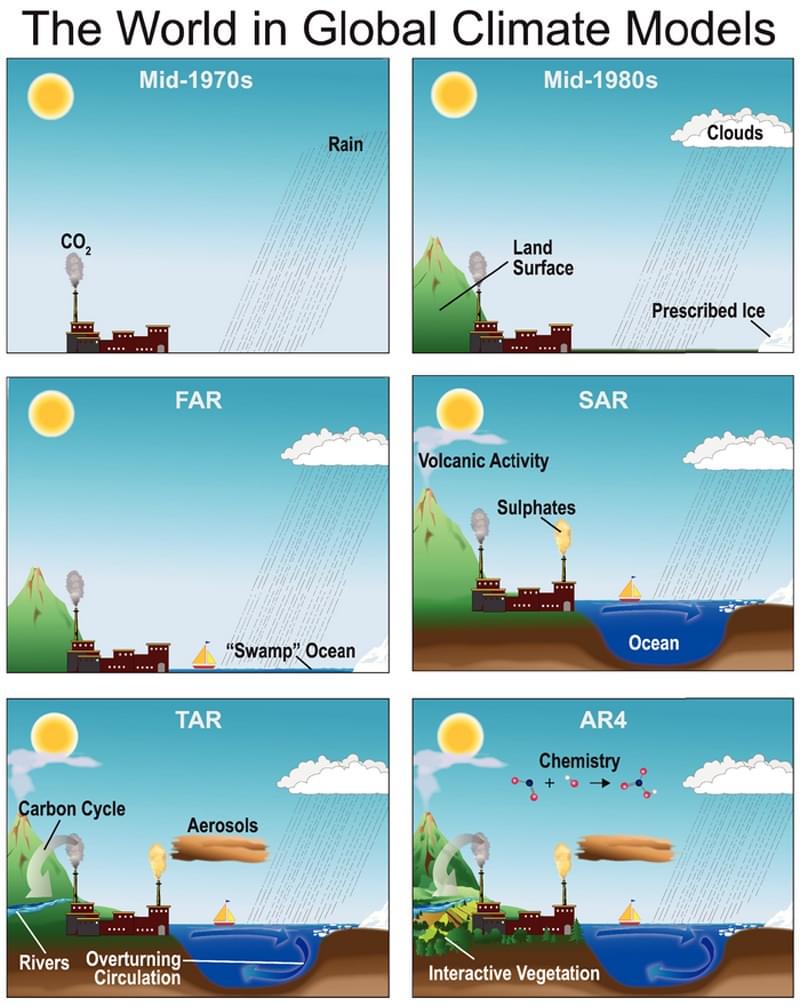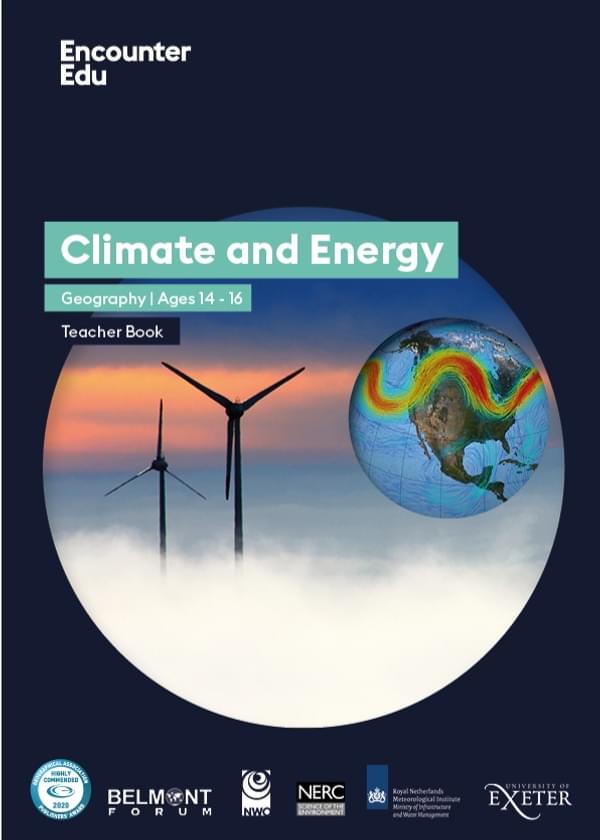Learn about climate models
Part of:
Climate and Energy HIWAVESThis subject update examines the use of climate models in the context of renewable energy planning as part of the Climate and Energy unit of work.
Policy-makers require robust information on which to base decisions. Governments across Europe are exploring how best to reduce carbon emissions, and a part of this effort is to move to an increased reliance on renewable forms of energy production. However, the amount of energy that can be produced using renewable forms (e.g. wind and solar energy) is sensitive to the weather in the future.
To predict, more accurately, the amount of energy that can be produced by wind and solar energy requires the prediction of future weather. To do this requires the use of computer models that take a selection of inputs that affect weather and climate and utilise equations to predict future climate trends.
Climate models are used to predict the impact of increased levels of atmospheric carbon dioxide, but this is only one factor that they take into account. Climate models are built using equations, including the famous Navier-Stokes equations that governs how fluids (water and air) flow.
These combinations of equations are complex and the computer code describing them contains enough code to fill 18,000 pages of printed text and requires incredibly powerful computers to run.
The models are continually developed. As the diagram below, from the intergovernmental Panel on Climate Change shows, climate models have become more complex over time.
 IPCC
IPCC
Many different climate models exist that give different weight to different factors in the earth system. Climate models are then validated and tuned to give the best possible predictions. Validation or checking is done by comparing the outputs of the climate model with observed measurements and evidence of past climate using proxies such as tree rings.
Tuning, is the process by which scientists run tests with the model to find the value for a given factor that will give the best representation of the climate.
Dr James Screen, assistant professor in climate science at the University of Exeter, describes how scientists might tune their model for the albedo (reflectivity) of sea ice. He told Carbon Brief:
In a lot of sea ice models, the albedo of sea ice is a parameter that is set to a particular value. We don’t know the ‘correct’ value of the ice albedo. There is some uncertainty range associated with observations of albedo. So whilst developing their models, modelling centres may experiment with slightly different – but plausible – parameter values in an attempt to model some basic features of the sea ice as closely as possible to our best estimates from observations. For example, they might want to make sure the seasonal cycle looks right or there is roughly the right amount of ice on average. This is tuning.
If all parameters were 100% certain, then this calibration would not be necessary, Screen notes. But scientists’ knowledge of the climate is not perfect, because the evidence they have from observations is incomplete. Therefore, they need to test their parameter values in order to give sensible model output for key variables.
Looking at the methodology used by the HIWAVES team, two climate models were selected: EC-Earth, which is adopted by the ECMWF (European Centre for Medium-Range Weather Forecasts) seasonal forecasting system, and the Hadley Model created by the UK Met Office. The Hadley model is also used for the Met Office to produce seasonal weather forecasts that predict a cold winter or rainy summer.
The models are not perfect. Climate modelling experiments are generally done at lower resolution than weather forecasts, which are higher resolution and use smaller grid boxes. This is in part due to limited computer resources to run climate models. As a result, climate models are often less accurate at predicting weather. This is because some physical processes occur at scales smaller than can be calculated in the models, for example the behaviour of clouds, radiation and turbulence. Although the team were looking at future weather, they relied on the data from climate models, sacrificing increased resolution for the ability to run the model numerous times.
Specifically, in this study, we found that the models had slightly too low wind speeds over land areas. We analysed the potential impact of this specific bias and found that the results were not too badly impacted. Also, we compared the model results to the results based on real weather situations and found that similar patterns came out. We therefore trust the results from the two models. It is also the reason why we considered two models in order to be able to check whether both models agree on the outcomes.
